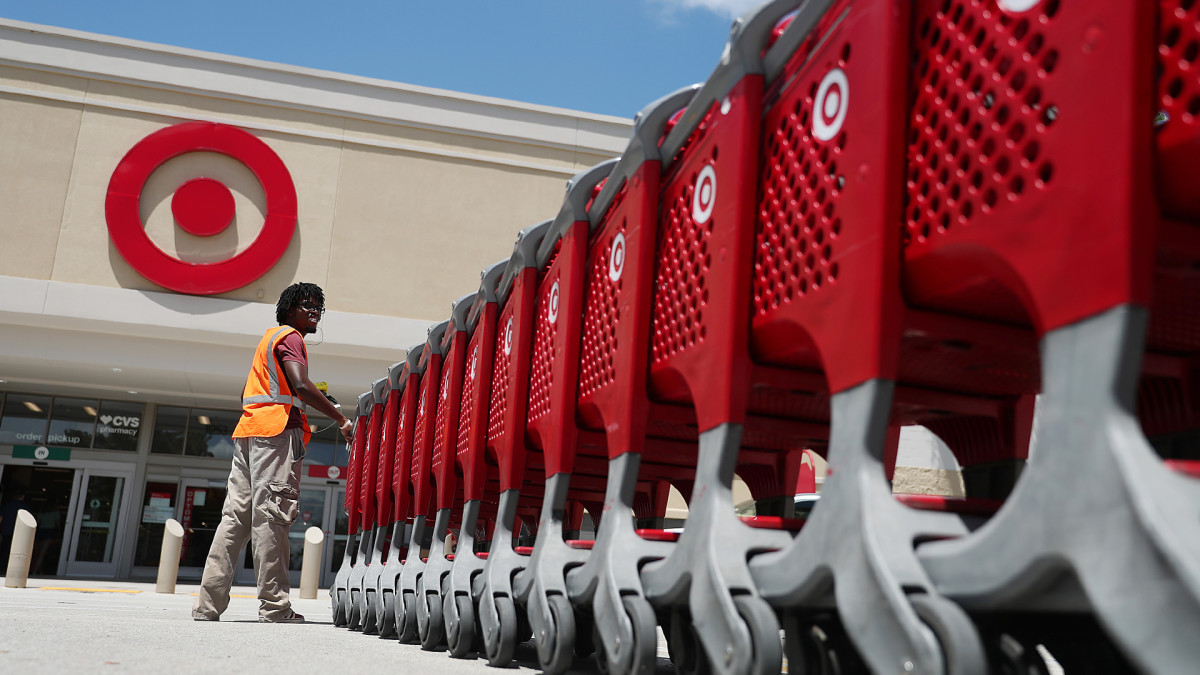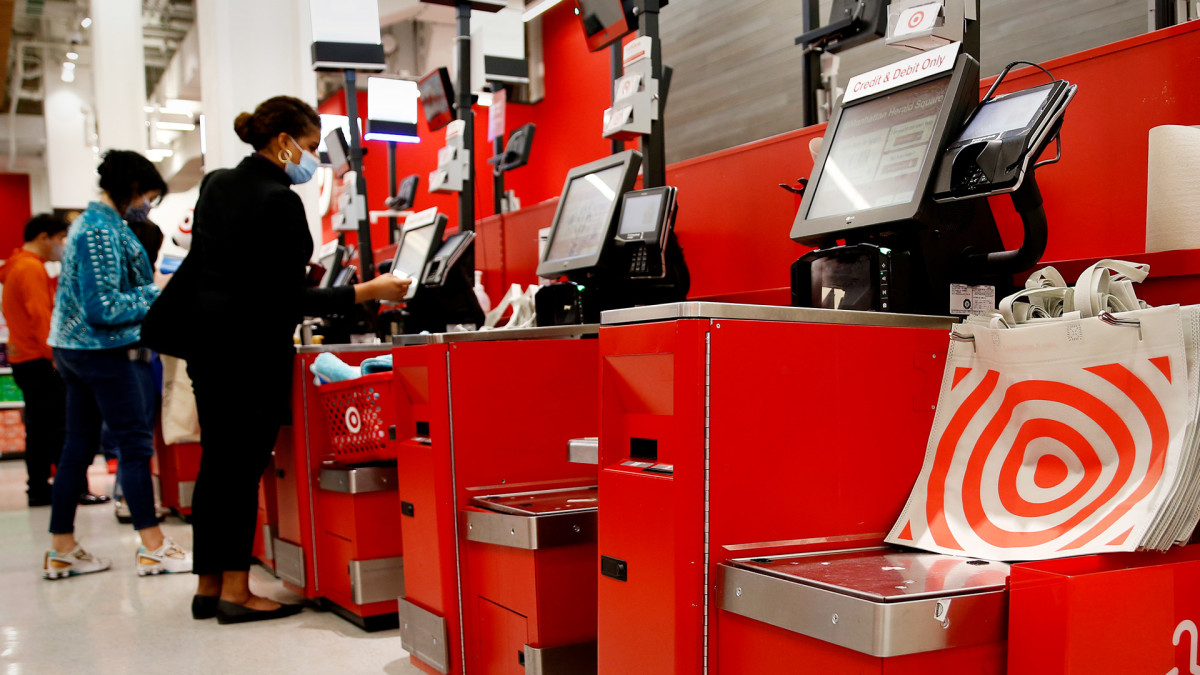
Big retail has a problem that it created for itself and that can be attributed only to greed.
Target and Walmart won't own that, however, because companies never cite "spending less money" as the reason they make any decision.
When companies direct people to artificial-intelligence-driven customer-service solutions, they always frame the moves as adding convenience, not cutting labor expenses. But even as AI chatbots tend to lead to people typing furiously in an effort to reach humans, companies continue to offer them and pretend they're a service.
Related: Costco shares news on when it will raise membership prices
That same logic applies to self-checkout. It's a way for retailers and grocery stores to save money on people. Yes, some customers who have just a few items appreciate not having to wait in line behind people with full carts, but that's not why self-checkout has become prevalent.
Companies including Walmart, Target, Kroger, and Dollar General adopted self-checkout as a way to save money. They took a function that used to be done by employees and pushed it to customers.
That has failed spectacularly as self-checkout has led to an increase in both intentional and unintentional theft. Sometimes that's as simple as customers opting not to scan items; other times, they intended to scan something but it didn't register properly.
Overall, it's an impossible situation for stores, and that has caused a number of the retailers — including Walmart, Dollar General and Costco — to pare back their self-checkout efforts. Now, Target has made a major change in some stores, quietly admitting that it made a mistake.

Image source: John Smith/VIEWpress.
Target makes a major self-checkout change
For the past few years, Target has been remodeling its stores and adding multiple banks of self-checkout terminals. In many cases, the chain's new stores have self-checkout lanes on both sides of the store with poorly staffed traditional lanes in the middle.
That setup made clear that the company wanted customers to use self-checkout. And it was an effort to move workers away from traditional checkout-clerk jobs into other areas, or simply to cut back on labor.
Those efforts have failed and the company continues to make changes.
Last year Target began limiting the number of items with which a customer could use self-checkout. That makes the checkout area easier to police while also keeping the line moving quickly.
ALSO READ: Target’s teased announcement turns into major disappointment for gardeners
Now, the company has decided to limit self-checkout hours in some stores.
In select stores, according to social-media posts, self-checkout does not open until 10 or 11 a.m. and it closes at 7 or 8 p.m. Most Target locations are open from 7 a.m. to 10 p.m.
These changes are in line with moves made by its rivals. Walmart, Kroger, Dollar General, and Costco have cut back on the number of self-checkout stands in many stores. And in select locations they have cut hours or even fully removed self-checkout.
Why is Target doing this?
"Target’s decision to limit access to self-checkout terminals reflects a multifaceted strategy aimed at reducing shrink, enhancing customer engagement, and promoting the Target Red credit card," RetailWire reported.
Experts are divided on whether these self-checkout changes are the right move.
More Retail:
- Analyst: Beloved mall retailer facing Chapter 11 bankruptcy
- Costco shares news on when it will raise membership prices
- Walmart beats on earnings, boosts dividend, to buy Vizio for $2.5 billion
"I have to be blunt and say Target has become increasingly annoying with its self-checkout policies," GlobalData Retail Division Managing Director Neil Saunders commented on the website.
"First, we had limits on the number of items. Now we have some stores reducing self-checkout hours. If Target compensated by opening more manned registers, then this wouldn’t be so much of an issue. However, it often does not, which leads to long lines and causes frustration."
Author Mark Ryski, who has written multiple books on retail, takes the company at its word.
"I take Target’s stated reasons for reducing self-checkout access at face value – they are trying to balance shrink concerns with customer service – but it’s a delicate balance," he said.
"Restricting access to self-checkout is still restricting access, and the shoppers who love shelf-checkout will feel like a service has been taken away. For these customers, every time they are now forced to wait in a cashier lane will feel inconvenienced."
Related: Veteran fund manager picks favorite stocks for 2024







